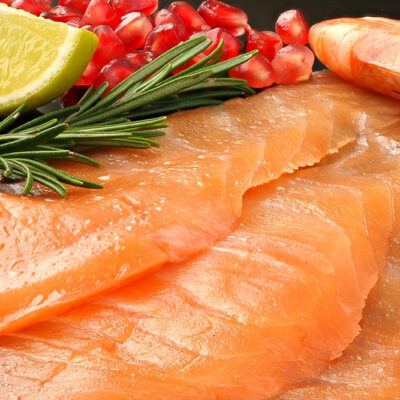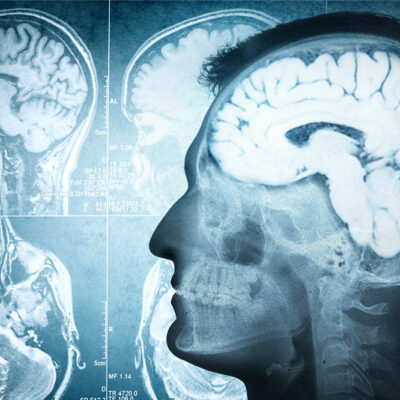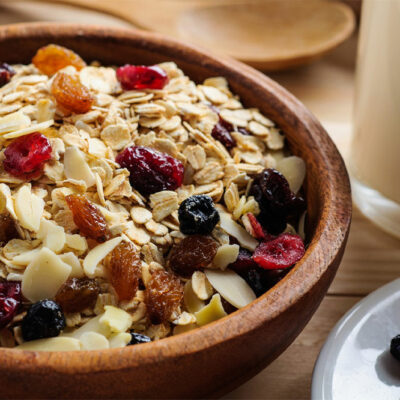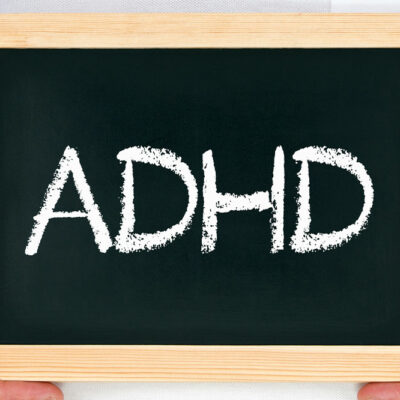
health
5 things to avoid to manage geographic atrophy
When dry age-related macular degeneration progresses to an advanced stage, it is known as geographic atrophy (GA). It is called “geographic” because the regions of atrophy look similar to a map when a doctor examines the retina. GA reduces a person’s ability to read, drive, and recognize faces by affecting their central vision. While GA cannot be cured entirely, here are a few things to avoid to slow down its progression: Exposure to sun The sun’s ultraviolet light can have harmful effects on the eyes. This will cause GA to progress quickly. So, one should avoid stepping out in the sun as much as possible. If going out is unavoidable, it is best to wear sun protection. These include sunglasses that have UV protection and a wide-brimmed hat. Irregular eye check-ups With GA, it is important to monitor the progression of the disorder. This can help in taking measures that can help in effectively managing the condition. However, this is only possible when one schedules and attains regular eye check-ups. Therefore, missing out on eye appointments is one of the major things to avoid if one wants to take better care of their eyes with GA. High blood pressure and cholesterol levels Hypertension or high blood pressure can cause faster degeneration of the retina.




















